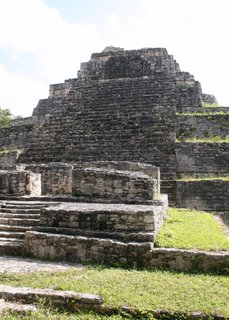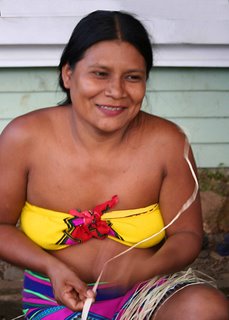The good ship Galaxy (on the right)

We left Toronto for Houston Texas one day early. Although a good method to use on a cruise, you need to be close to something if you have an afternoon and an evening to spare. We were 60 dollars from downtown Houston and there was little to do at the motel. We chose to get a taxi to Humble Texas, a few miles away and actually had a good time shopping and going to a show. The next day, we picked up our shuttle to Galveston, about a two hour drive away, to catch the Galaxy.










































